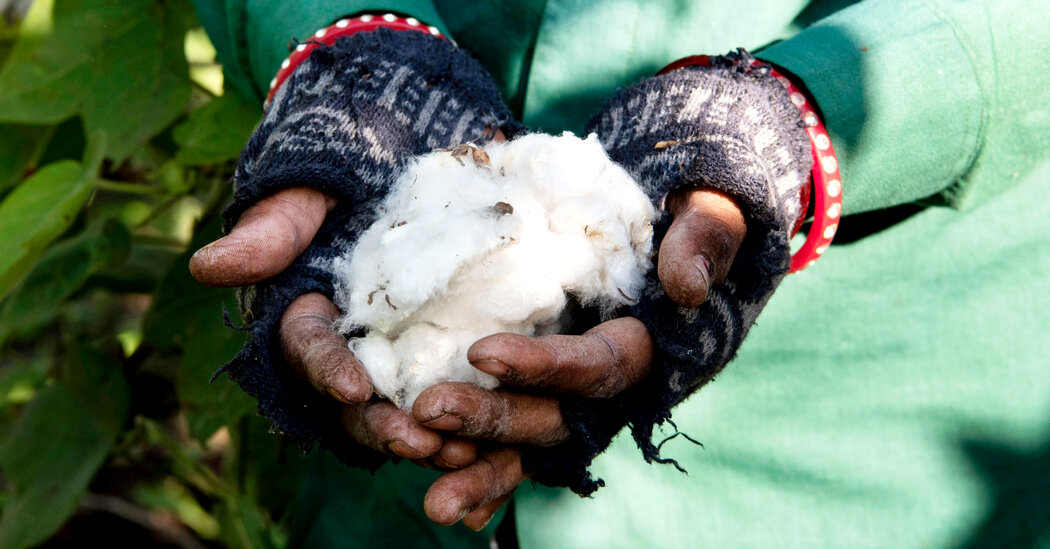Pesticides, Chemical Fertilizer and Genetically Modified Seeds
In Khargone district in India’s central state of Madhya Pradesh, one of the country’s largest producers of certified organic cotton, farmers have cultivated the plant known locally as white gold for generations.
“Cotton is the life giver for us,” said Niyaj Ali, 60, sitting on a charpai, a traditional South Asian woven bed, next to his son, his wife, a daughter-in-law and several grandchildren in a spacious front room of cool concrete floors under a thatched roof. “It takes care of everything — the labor in the fields, the school fees for the children, the food on the table.”
In the late 1990s, when cotton grown without chemical pesticides or synthetic fertilizer was a rarefied product purchased exclusively by high-priced yoga and wellness brands, two Swiss companies formed the bioRe Foundation to support organic cotton growing in Madhya Pradesh.
Through India’s contract production system, which allows cotton suppliers to register up to 500 farmers as a single corporate entity, bioRe started sourcing and selling organic cotton regulated by India’s Agricultural and Processed Food Products Export Development Authority.
Four years ago, employees of bioRe came to Chandanpuri, Mr. Ali’s village, with a pitch: If the cotton farmers would convert their fields to organic, bioRe would provide the training and the seeds, teach them how to make organic fertilizer from animal dung and organic insecticide from native herbs, and pay them a premium over the market price for conventional cotton. BioRe also promised to buy whatever volume they managed to grow.
Mr. Ali and nine other farmers agreed. The way he saw it, genetically modified seeds were expensive and drying out the soil. The pesticides and chemical fertilizers were toxic and unhealthy. He would happily return to natural methods, like the ones his grandfather used, especially if organic cotton was more profitable. Three years ago, Mr. Ali started the painstaking process of converting his 11-acre farm from conventional cotton farming to organic.

Tinggalkan Balasan